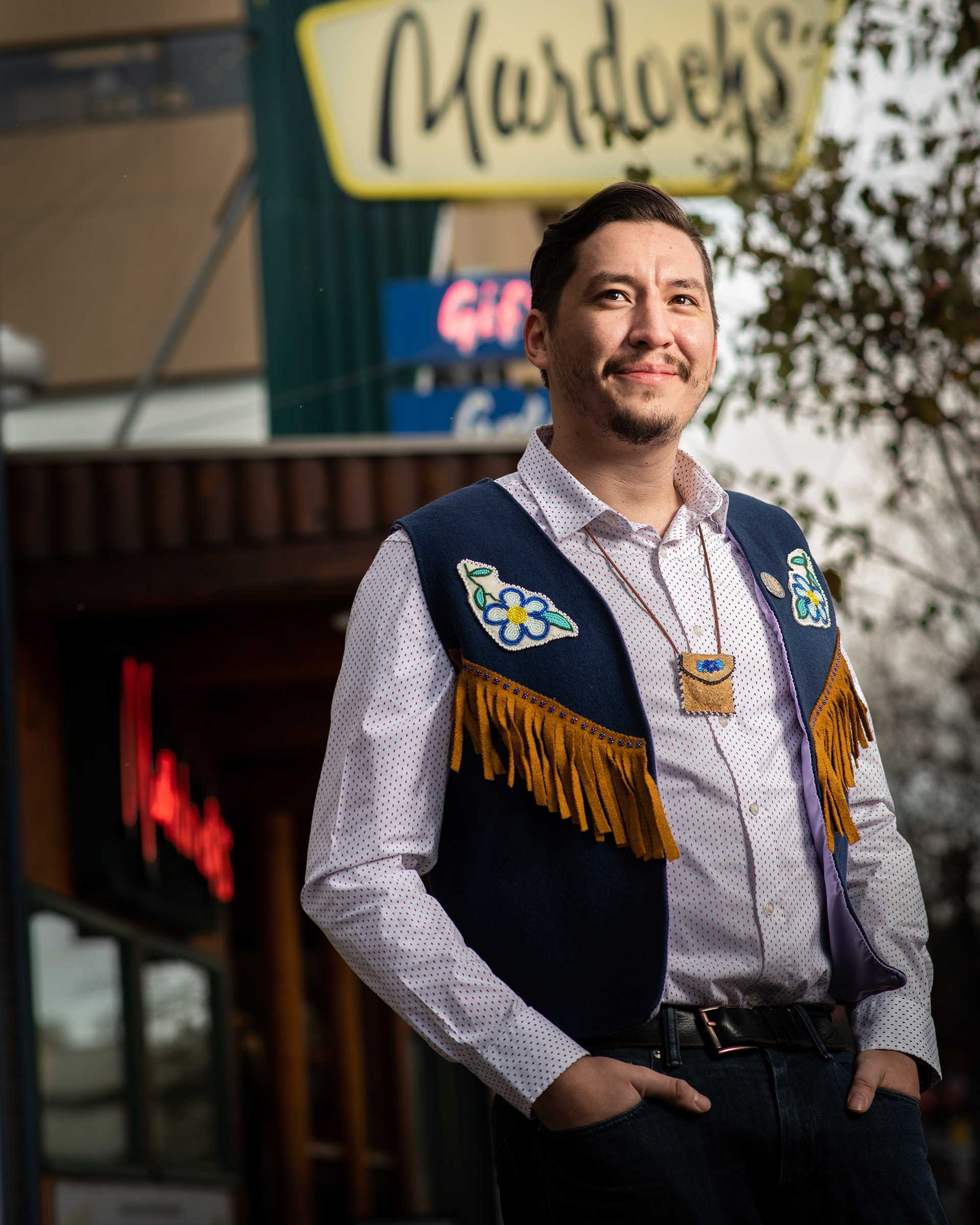When, in 2018 at age 31, Dana Tizya-Tramm was elected the youngest known chief of Canada’s Vuntut Gwitchin First Nation tribe, he was asked to represent a community battered by global warming. The permafrost underlying his hometown of Old Crow was thawing and the caribou and salmon populations that his people rely on for sustenance were in decline. The next year, he pledged to take his remote community of 250—dependent on imported diesel for electricity generation—carbon-neutral by 2030. Then he oversaw the installation of one of the largest solar projects in the Arctic, supplying a quarter of Old Crow’s electricity and reducing diesel consumption by about 53,000 gal. (200,000 L) a year. Now he is planning wind towers and a biomass plant to provide electricity through the dark Arctic winters. Other First Nation communities are taking note, he says—and so should everyone else. “If we can go carbon-free, why shouldn’t the rest of the world?”
- The 100 Most Influential People of 2024
- Coco Gauff Is Playing for Herself Now
- Scenes From Pro-Palestinian Encampments Across U.S. Universities
- 6 Compliments That Land Every Time
- If You're Dating Right Now, You're Brave: Column
- The AI That Could Heal a Divided Internet
- Fallout Is a Brilliant Model for the Future of Video Game Adaptations
- Want Weekly Recs on What to Watch, Read, and More? Sign Up for Worth Your Time
